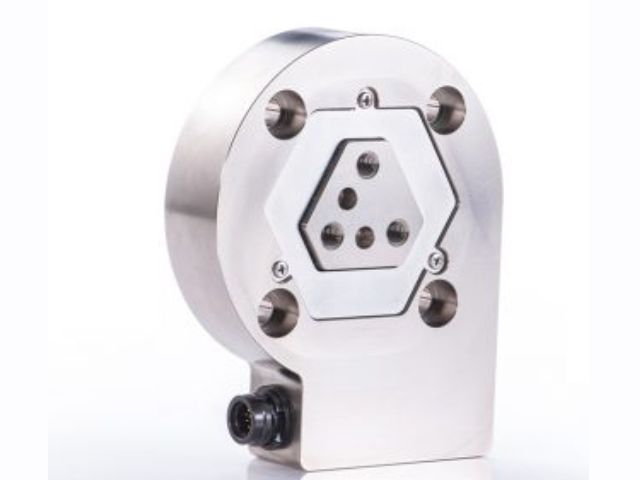How Does a 6-Axis Force Torque Sensor Work?

A 6-axis force-torque sensor is an advanced device capable of detecting forces and torques along three perpendicular axes: X, Y, and Z. This sensor allows precise control over complex movements, playing a crucial role in robotics, automation, and testing environments. Here’s a deeper look at how a 6-axis force torque sensor works.
Principle of Operation
The core function of a 6-axis force-torque sensor is based on the conversion of mechanical forces and torques into electrical signals. This is typically achieved through strain gauges, sensitive elements that change resistance when stretched or compressed. Strain gauges exist around the sensor’s structure, allowing it to detect force and torque along six different axes. The sensor processes these changes in resistance to calculate and produce the exact forces and torques.
Design and Structure
The design and structure of a 6-axis force-torque sensor capture the broadest range of dynamics. The entire system consists of a central, rigid body with embedded strain gauges, often arranged in a Wheatstone bridge configuration to enhance signal quality and sensitivity. The sensor’s body is designed to deform slightly under force or torque, ensuring accurate readings without compromising the sensor’s integrity or the system’s performance.
Data Processing and Output
Once the strain gauges within the sensor detect deformation, the data must be processed to be useful. This involves converting the resistance changes into electrical signals, which are amplified and interpreted by the sensor’s internal circuitry. Advanced algorithms calculate the precise forces and torques based on these signals. Then, the processed data goes to the system’s controller, providing real-time, accurate feedback for precise movements and operations.
Applications and Uses
A 6-axis force-torque sensor has a wide range of applications, like industrial robotics—which enables robots to adjust their grip strength and manipulation based on feedback—and automotive testing, where it measures the stress and strain on components. In medical robotics, the sensor allows medical professionals to perform surgeries with a level of precision unachievable by human hands alone. The sensors’ ability to provide detailed, multi-dimensional force and torque measurements makes them indispensable in any field requiring nuanced control and measurement.
Now that you know how a 6-axis force torque sensor works, you can see why these sensors are pivotal in advancing technology across various industries. The 6-axis force torque sensor exemplifies how sophisticated engineering can solve complex problems and enhance capabilities in robotics and automation.
